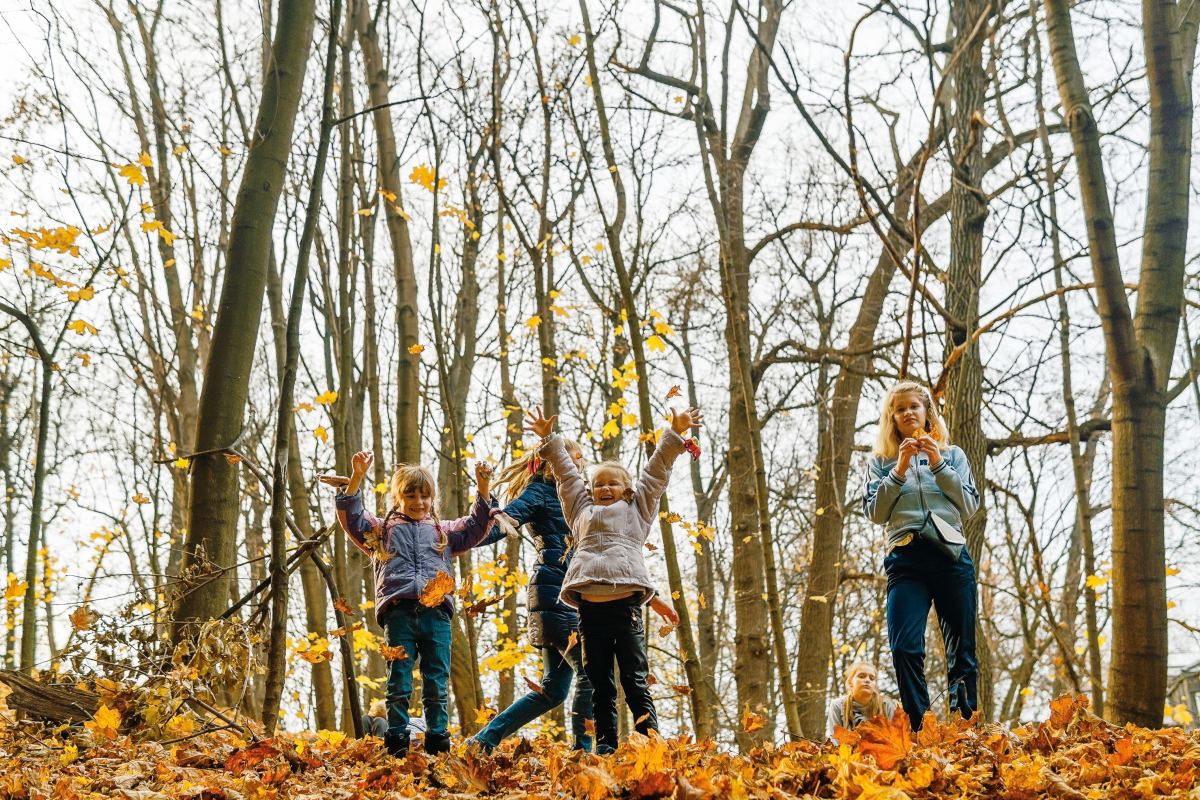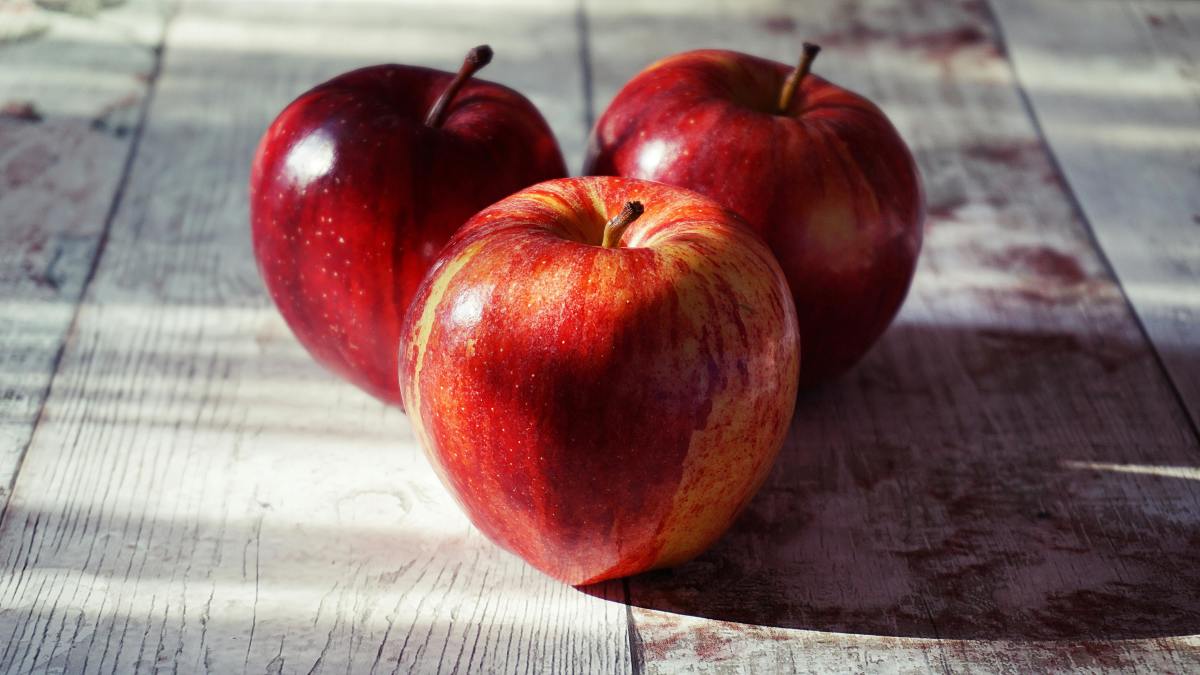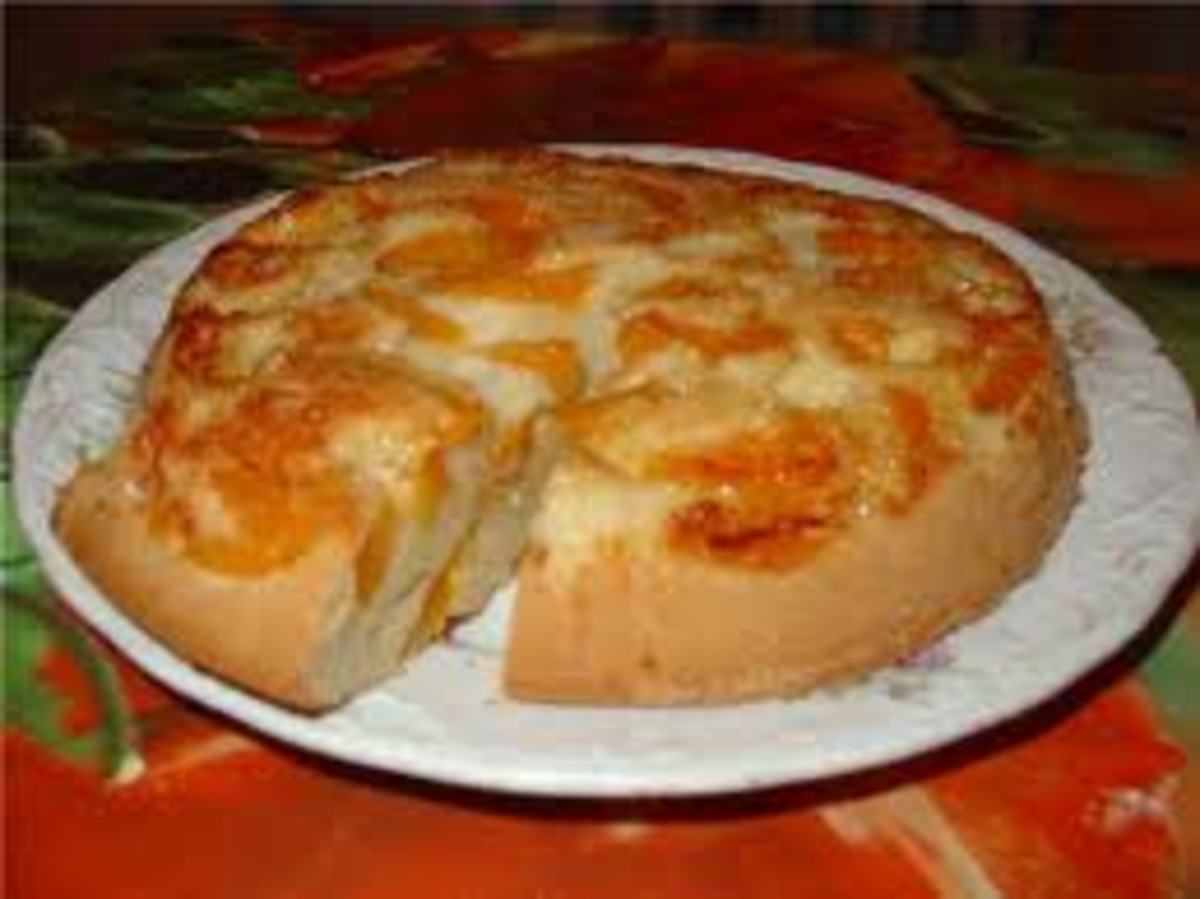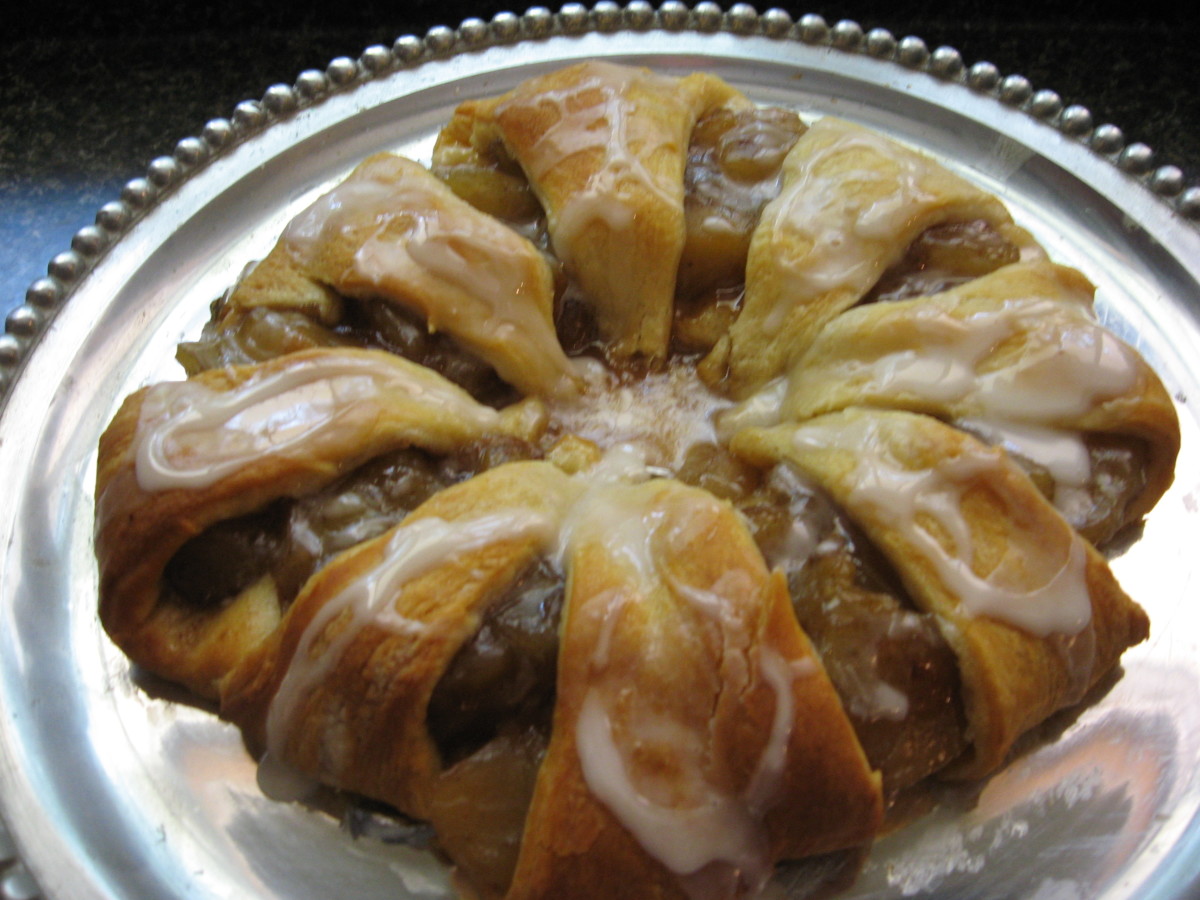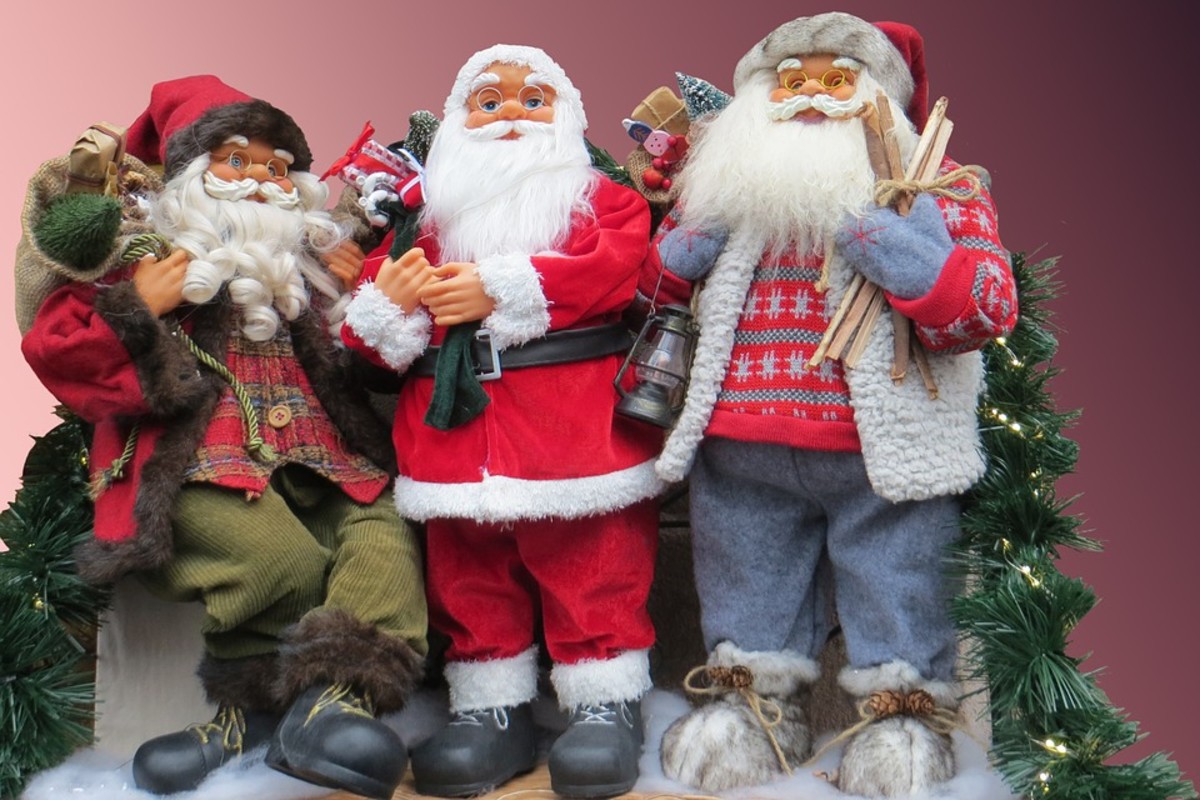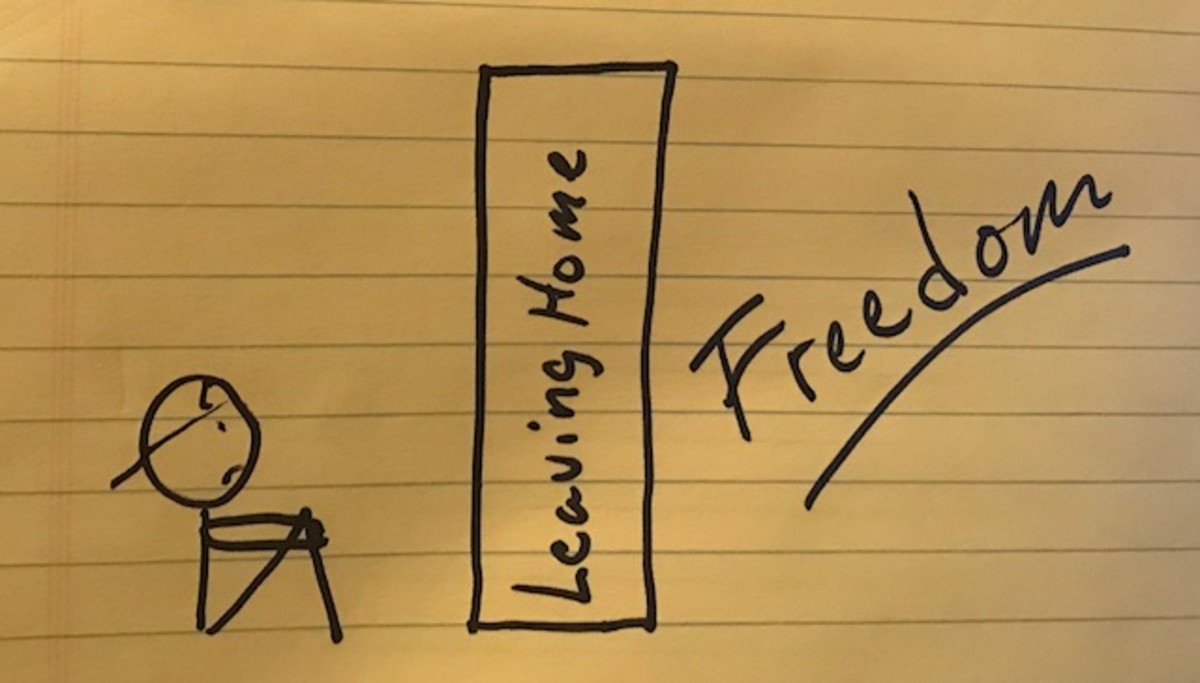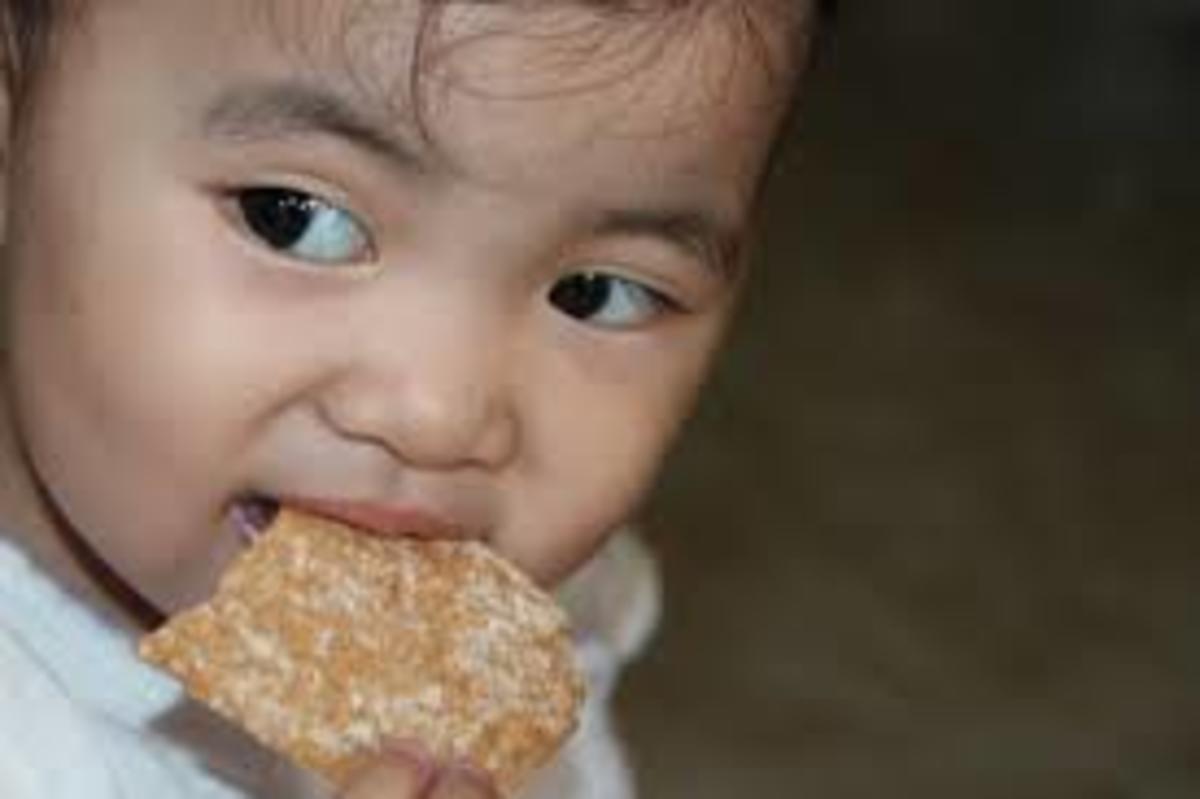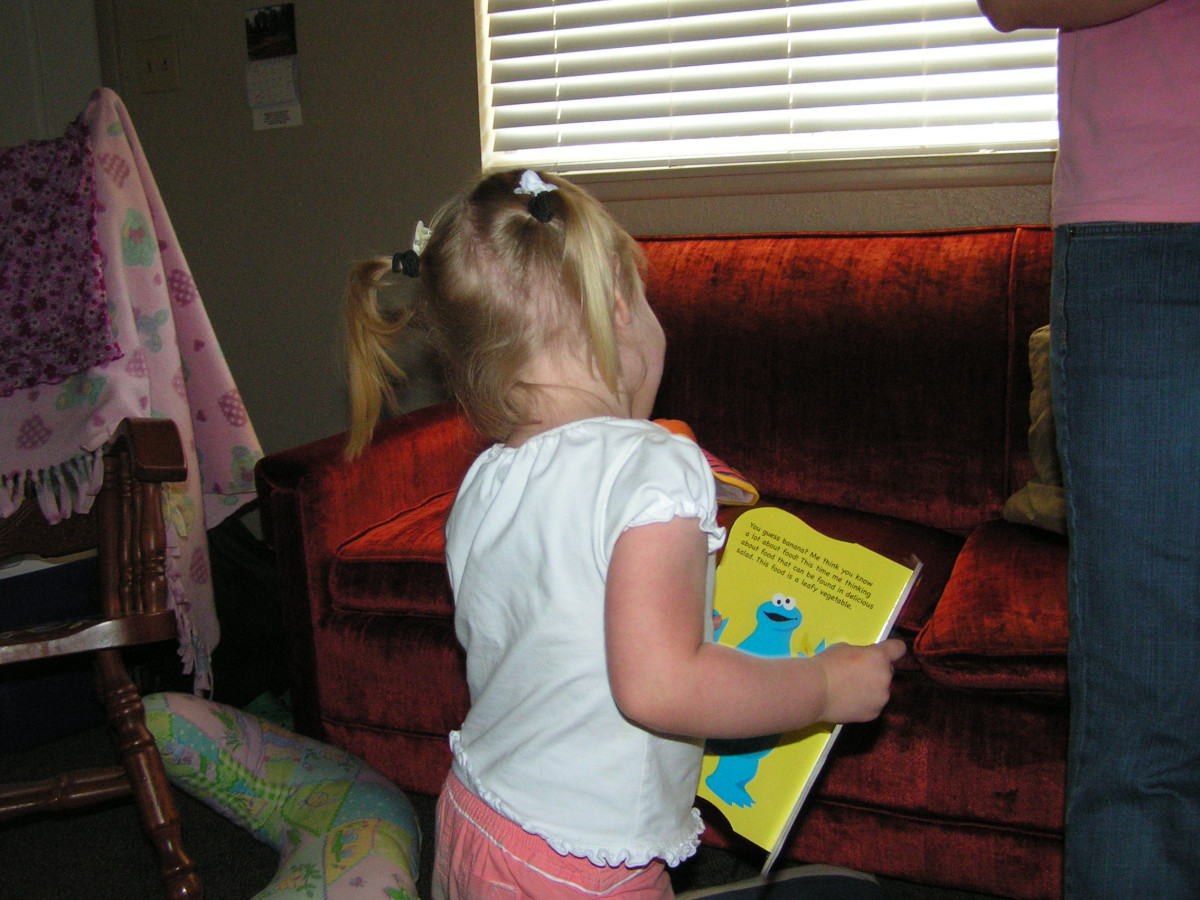Fun Autumn Activities for You and Your Children
Children's Autumn Activities
Autumn is the season in which creative energy bubbles over the brim of a child's imagination. They scurry into the house bearing the fruits of their harvest: grasshoppers that spring without a moment's notice, red leaves polished until they shine, purple berries squished with pocket fuzz, and bits of bark that become ships in the bathtub. Creative energy abounds in more than just children during this season. Writers who have mulled over a turn of phrase or intriguing image during the long, hot summer months suddenly find in the rich, morbid, depth of autumn's beauty a clearer picture of what they wanted to say. Homemakers and decorators bring inside the rich tapestries of autumn's color: the warmth of browns, oranges, yellows, reds, and dusky purples, which add a hospitable and friendly dynamic to formerly placid, pale rooms. New and efficient ways to complete a task or streamline a process come to the minds of businessmen, and everyone feels a bit more bookish and academic in general.
Make the most of this bounty of creativity by exploring new realms with your children this fall. Following are five activity ideas that I hope will bring many cheery golden hours with your children.
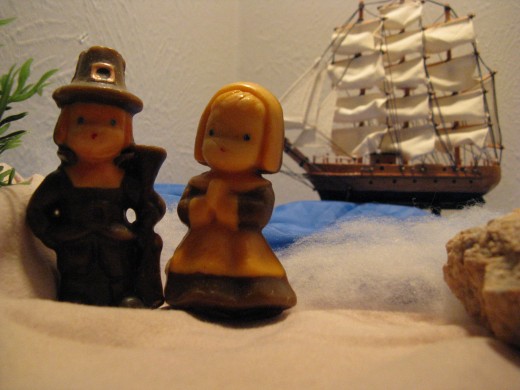
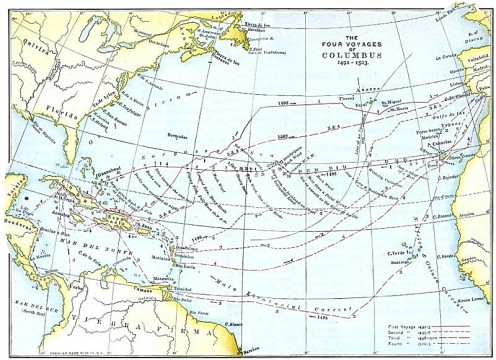
- Voyages of Christopher Columbus - Wikipedia, the free encyclopedia
More details of Columbus's voyages.
1. Reenact Columbus Day.
On Columbus Day, October 12th, reenact Columbus's discovery of the New World. Go to the backyard or a park and map out the continents using blankets, folding chairs, or other out-door landmarks. Use a wheelbarrow for a ship and have your smaller children sit inside and hold up coats for sails to catch the breeze. If you have more than one wheelbarrow, christen the "ships" the Nina, the Pinta, and the Santa Maria. Dress up in royal colors and begin your reenactment in "Spain," with Christopher Columbus petitioning King Ferdinand II and Queen Isabella to give him ships and funds to explore and bring the gospel to an unknown land. Then journey from Spain to San Salvador (the Bahamas). "Sink" the ship Santa Maria before you head back home, but send the Nina and the Pinta back to Spain with their findings from the New World (gold, pineapple, turkeys).
Don't forget that Christopher Columbus's primary goal in his exploration was to serve his Creator, God, and King. Washington Irving describes Columbus:
"He was devoutly pious: religion mingled with the whole course of his thoughts and actions, and shone forth in his most private and unstudied writings. Whenever he made any great discovery, he celebrated it by solemn thanks to God. The voice of prayer and melody of praise rose from his ships when they first beheld the New World, and his first action on landing was to prostrate himself upon the earth and return thanksgivings... All his great enterprises were undertaken in the name of the Holy Trinity, and he partook of the communion previous to embarkation... The religion thus deeply seated in his soul diffused a sober dignity and benign composure over his whole demeanor. His language was pure and guarded, and free from all imprecations, oaths and other irreverent expressions."
2. Make a caramel apple on a stick.
Wash and dry 10 apples (smaller are easier for little mouths to get around) take off stems, and insert a stick into the top. Colder apples help the caramel to work better, so you may want to put the apples into the fridge while you prepare the caramel. Melt 24 oz. of caramel candy with 4 Tb. whole milk in double boiler, stirring often. When the candy is melted, dip each apple into the saucepan, holding the apple at an angle to coat all the sides with as much caramel as it will hold. Hold the apple (stick up) over the pan for a moment so that extra caramel will drip off, then turn it apple-side-up to let the caramel settle. Stand apples on waxed paper to let harden, or sprinkle on a topping while it is still warm and soft (chopped nuts, chocolate chips, coconut, granola, chopped candy bars, sprinkles, crushed cookies, dried fruit, marshmallows, etc...). Kids will enjoy making designs or faces on their apples with the different toppings. If you would like to dip the caramel apples in melted chocolate as well, let the apples cool and harden first.
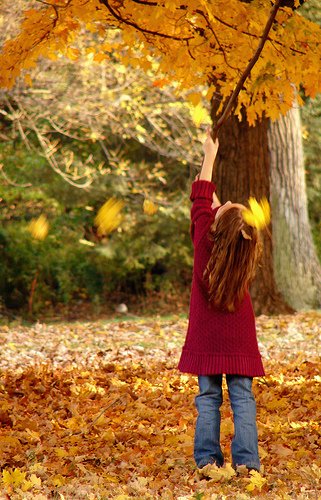
3. Go on a Leaf Hunt!
Give each child a plastic bag or basket and head out into the neighborhood, hills, fields, or forests to collect as many varieties and colors of leaves as you can. Also look for berries, acorns, pine cones, colorful twigs, mosses, shrubs, and peeling bark. When you are finished, have your children lay out their findings on a table to examine what they've found. Your children may enjoy tracing the shapes of the leaves on a piece of construction paper and coloring them in, matching the exact color and veins in the leaf. Leaves could also be pressed between layers of newspaper under a stack of heavy books and then later glued into a scrapbook. If your findings included acorns, pine cones, or strips of bark, you may enjoy arranging them in a basket and displaying them on a coffee table in your home.
- Leaf Types
An easy-to-use website for classifying leaves: starts with simple and moves to more complex.
4. Read a Book.
When nippy weather keeps you and your little ones inside, engage their creative interest with a classic read-aloud. Not only will it excite and inspire your children for hours on end, but it will stimulate new ideas, broaden imagination, and develop your children's vocabulary, composition, and communication skills. While you read, let them draw or color or play with play-dough (quietly) to keep their bodies moving so their minds can be attentive. A few books my family has enjoyed over the years are the Chronicles of Narnia series by C. S. Lewis, a classic and a diadem in the genre of children's fantasy: as entertaining and well-written as it is profoundly reflective of spiritual truths; the Ralph Moody books, Little Britches and Man of the Family, written about the author's own experiences as a boy growing into virtuous manhood and taking on the role of head of the house (a particular favorite of my family's, as much of the story takes place in the early history of our own hometown); the lovely and exciting historical fiction by Elizabeth George Speare, including Calico Captive and The Bronze Bow. Other talented authors all ages will enjoy are Beverly Cleary, Hans Christian Anderson, Charles Dickens, Laura Ingalls Wilder, J.R.R. Tolkein, Lucy Maud Montgomery, G. A. Henty, and Louisa May Alcott. These read-aloud times will provide excellent opportunity for you to have good conversations with your children about the morality of the characters, the perspectives given in the book, and the truth (or anti-truth) represented.
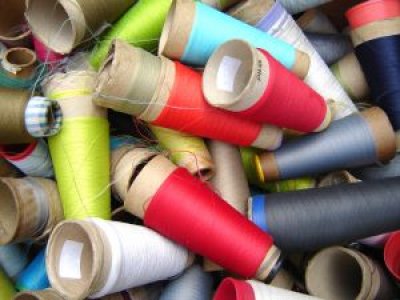
5. Make a Christmas Gift.
Autumn is traditionally the season of harvest, of rejoicing in the blessings God has given our families, and showing gratefulness and generosity. Teach your children to be thankful for their blessings by talents and gifts with others outside of your home. Here are several inexpensive, easy, and fun-to-make projects that will make great Christmas gifts.
- Knitted tube scarf. All you need is a circular loom with pegs on one side (Knifty Knitters sells packs of five durable plastic looms), a slightly pointed tool for pulling the yarn up over the pegs (often comes with the kits), and a skein of yarn --at least one for each scarf. Follow the pictorial directions that come with the loom, or skip to the bottom of this article for my own summarized instructions. These scarves are simple to make and will be easy for little fingers to learn. The end result is a beautiful, thick scarf that anyone would love to be receive. Alternate colors of yarn or vary the technique once you've mastered the basic scarf. Knifty Knitters has a great website that I've found helpful for learning how to make a traditional tube scarf, as well as how to complete more complex projects.
- Cookie-mix-in-a-jar. Put all the dry ingredients for a regular cookie recipe in a clear 1 pint canning jar (note: do not put brown sugar in the jar, as it tends to harden if not used within a few months). Close the lid tightly and tie a circular piece of calico fabric over the jar lid with a ribbon, then attach a decorative note card with the rest of the recipe (listing the remaining ingredients needed) printed on it.
- Make thumb-print cards using card stock or construction paper cut into card-sized rectangles, and a pad of ink used for rubber stamping. Your children can gently press a finger or two onto the ink pad, and then press onto their cards, grouping together different shapes and sizes of finger prints to make snowmen, people, animals, clouds, and trees. When the ink has dried, give them each a colored pen to draw facial details and personal notes.
Tube Scarf Instructions
Using Circular Peg Looms for Making Circular Scarves:
Loosely tie the end of the yarn around one of the pegs, then loop the yarn around each peg on the loom, making sure the crossed side of the loop is on the inside of the circular loom. Go around each peg twice, then use the tool to slip the bottom loop over the top loop on each peg until there is, once again, only one loop of yarn on each peg. Push the yarn to the bottom of each peg (closest to the base of the loom), then wrap the yarn around each peg again until there are two loops showing on each peg. Using the tool again, slip the bottom loop over the top loop. Continue until the scarf is as long as you want it (if you run out of yarn, tie a new length of yarn onto the end of the last piece, and keep going), then carefully slip one loop off its peg and pull the loop next to it through the first loop, then the third loop through the second loop until the scarf is no longer attached. Tie the last loop down with a short piece of yarn and trim it so you cannot see the end.
© 2009 Jane Grey

